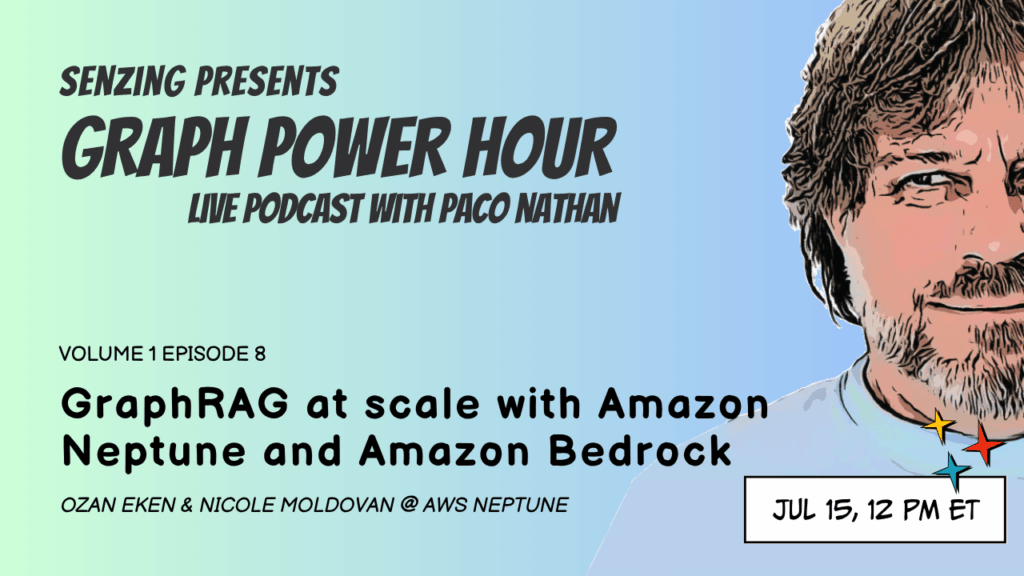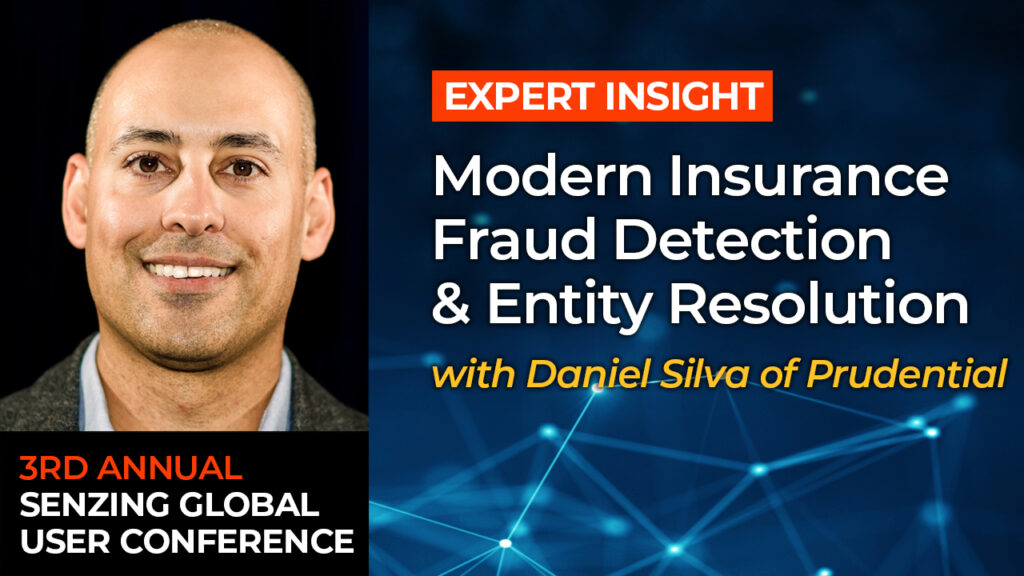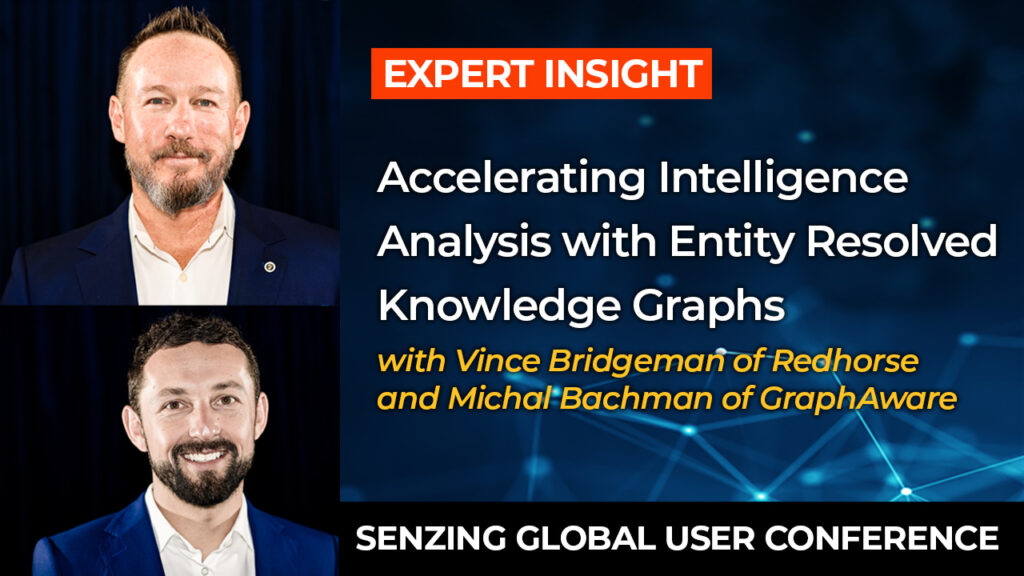Catching Bad Guys with Entity Centric Learning
Find Bad Actors Hiding Their Identities
If you’re not using Entity Centric Learning™, you won’t catch the clever bad guys obfuscating their identities. Watch this video with Senzing CEO Jeff Jonas explaining how Entity Centric Learning is essential – a must have for entity resolution – for finding criminals who are intentionally trying to hide their identities.
You can’t catch clever bad people using record-to-record matching, since they never use the same name, phone or address on every record. Entity Centric Learning compares inbound records to existing resolved entities. The results include a complete view of every record that matches an entity, plus possible matches and relationships. Compared to record-to-record matching, Entity Centric Learning will find the matches and relationships needed to catch clever bad guys.
Edited Video Transcript
Timestamps
0:00 Bad Guy Hunting with Entity Resolution
0:39 Introducing Entity Centric Learning
1:10 Overcoming Channel Separation
1:26 Clever Criminals are Good at Channel Separation
2:02 Record Matching Fails at Overcoming Channel Separation
2:40 Non-Obvious Relationship Awareness
3:28 Entity Centric Learning Is Key to Finding Bad Guys
0:00 Bad Guy Hunting with Entity Resolution
Will Layton: Hey, this is Will from Senzing. I’m here with our founder and CEO Jeff Jonas talking about bad guy hunting. The reason why we talk about bad guy hunting is 60 to 70% of our public sector business probably fits in the bad guy hunting category, whether it be fraud or waste and abuse or even counter terrorism (CT). So from there, Jeff, one of the key features that Senzing® software has is Entity Centric Learning. Take a minute and tell us a little bit about Entity Centric Learning and why it’s better than what other entity resolution systems are doing today.
0:39 Introducing Entity Centric Learning
Jeff Jonas: Well, here’s the headline – if you’re not doing entity centric learning, you are not catching the clever bad guys. Full stop. Now let me decode what we’re talking about here. What that means is clever bad actors do not use the same name, address, passport number, and date of birth on every record. Not the smart ones, only the idiots would do that. And guess what, they run out of gas on the way to the operation, they take a wet match to a fuse.
1:10 Overcoming Channel Separation
Jeff Jonas: So, what you’re trying to do is overcome channel separation, and how do you figure out that this identity and that identity – because the bad actors are trying to separate those – are really the same person? If you can’t do that, you can’t catch them.
Will Layton: Well hang on a second. You just used the term “channel separation” and not everybody knows what that means. Take a moment and explain…
1:26 Clever Criminals are Good at Channel Separation
Jeff Jonas: Well, I’ll give you an example, Will: let’s say I send you an encrypted spreadsheet and then I call you on the phone with a password. I have separated the channels. Okay, now you take somebody that has a criminal intent in mind, and they use one identity to rent a truck, they use another identity to buy diesel fuel, and they use a third identity to buy fertilizer, because they’re making a fertilizer bomb.
Will Layton: Well in that case, of all three of those examples, there’s probably some piece of data, or something, that Senzing is going to tie all together with entity centric learning, to pull all those entities together…
2:02 Record Matching Fails at Overcoming Channel Separation
Jeff Jonas: Entity centric learning looks for pieces of data out there that help you conjoin those… But if you’re doing record matching – which is the most common and typical form of entity resolution where you’re looking at a record and you’re trying to find another record that matches it – you will never find them. What you’re hoping for with entity centric learning is, as records conjoin (become resolved), you’re learning a middle name, you’re learning another phone number, you’re learning an AKA, you’re learning a different email address, and it’s the collection of these attributes, the union if you will, that allows you to realize Billy and Tim are
the same person…
2:40 Non-Obvious Relationship Awareness
Will Layton: And NORA really was the beginning of this, right, when you built that years ago?
Jeff Jonas: The NORA technology – Non-Obvious Relationship Awareness – was actually the second-generation entity centric learning system that we built. We actually built one before that, eons ago. But in truth, we’ve been perfecting this entity centric learning in real time, and it’s been helping organizations catch clever bad people in ways that humans typically can’t do on their own.
Will Layton: NORA appeared in version two (of Senzing entity resolution technology), and now we’re on version six. So now we have many more features with entity centric learning to help you in your business.
Jeff Jonas: Yes, we have generation 6 of our entity resolution with entity centric learning in real time with low latency, and it’s easy to use. It plugs right in like a microservice for the people and developers and products that are in the bad guy hunting business…
3:28 Entity Centric Learning Is Key to Finding Bad Guys
Will Layton: So, entity resolution with entity centric learning is definitely key to finding bad guys. If you want a demo of Senzing software, contact us and we will give you a demo and briefing on Senzing capabilities and entity centric learning.
Jeff Jonas: Because it turns out entity centric learning is a must-have for catching clever bad guys.





